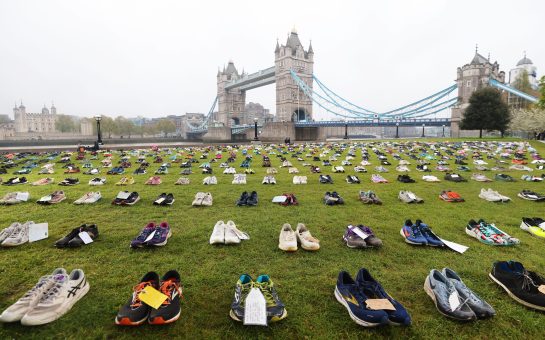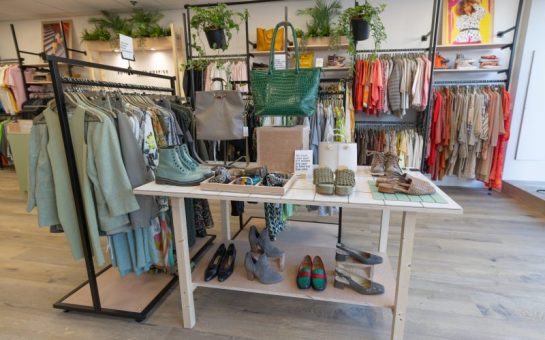The pandemic caused a sharp rise in dog breeding in the UK, but new data published by The Kennel Club has shown that increase has started to drop.
The data shows that the number of registered puppies in the UK dropped from 349,012 in 2021 to 277,054 in 2022, although this was still higher than figures recorded before Covid-19.
While it is hard to record the exact number of puppies born each year, due to breeders often breeding dogs without registering them, these figures do show that the appetite for new dogs is starting to lesson.
According to a report conducted by the UK Parliament, ‘the annual market for puppies in the UK is unknown, but it is estimated that sales could range from 700,000 to 1.9 million, worth between £100 million and £300 million.’
The report recognises that in the UK today there are multiple paths to getting a dog or puppy. Unlicensed breeders, Kennel Club registered puppies, imported puppies, commercial licensed breeders such as pet shops and rescue centres, are just a few examples.
Getting a puppy or dog through these paths differ greatly on the route chosen, and often the health and welfare of the animal is dependent on the source it came from.
The Breeding of Dogs Act 1973 and the Breeding and Sale of Dogs (Welfare) Act 1999 set out the licensing regime under which local authorities licence dog-breeding establishments. Yet, this does not prevent the breeders that are unlicensed and place themselves under the radar.
Recent data published by the Kennel Club, has indicated licensed breeding numbers were down compared to the 2021-year numbers.
“The pandemic and the subsequent lockdowns have caused a significant impact on puppy buying, with the ‘pandemic puppy boom’ starting soon after the first lockdown was announced,” said Bill Lambert, health, welfare and breeder services executive at The Kennel Club.
“Between March 2020 and June 2020, we saw searches via our Find a Puppy tool increase by 187% compared to the same time in 2019, while May 2020 saw a 237% increase in searches.
“This increase in demand was followed by a rise in registrations, with The Kennel Club recording 349,012 puppy registrations in 2021, a 50% rise from 2019.”
The graph above shows the numbers of registered puppies with the Kennel Club in the past five years. The pandemic saw dramatic rises in puppy breeding with more people working from home, and consequently having the time to look after a puppy.
This trend appears to have continued following the pandemic, and whilst numbers fell in 2022, compared to pre-pandemic puppy numbers they were still higher, proving the new hybrid lifestyle popularly adopted in the UK leaves the British public with a greater opportunity to sufficiently look after a dog.
“While annual puppy registrations in 2022 decreased following the pandemic surge, The Kennel Club recorded the third highest number of registrations in the 150-year history of the organisation last year, with numbers remaining higher than those pre-pandemic,” concluded Lambert.
Undoubtedly, there are other reasons why there has been an evident decrease in numbers of registered puppies, one reason being the cost-of-living crisis.
Research from The Kennel Club, as part of its Be Puppywise campaign in 2022, revealed that 40% of owners are worried about how they will continue to care for their dog if the cost of living continues to rise, while 30% don’t know if they can afford to keep their dog if the current economic climate continues.
Lambert added: “While annual puppy registrations in 2022 decreased following this surge, The Kennel Club recorded the third highest number of registrations in the 150-year history of the organisation last year, with numbers remaining higher than that pre-pandemic.
“As such, the cost-of-living crisis will likely have knock-on effects for breeders on both demand for puppies – while many are cutting back and may not be able to afford a pet – as well as in the instance that a new owner is no longer able to keep their puppy.
“Of course, there are also considerations across the board about the increasing costs of food, vetinary services and other elements breeders must consider, such as microchipping puppies and insurance costs.”
When discussing the varying popularities of different breeds, Lambert said: “In 2022, two breeds dropped out of the top 20 – the German Shorthaired Pointer and the Beagle, replaced by the Toy Poodle and Miniature Longhaired Dachshund.
“This is perhaps reflective of changing lifestyles, with those living in smaller spaces in cities opting for smaller breeds – or potentially if would-be owners see smaller dogs as a more affordable option.”
According to Pet Magnet, 9% of Londoners own a dog and of the top five most-popular breeds in the city, three are small dog breeds (French bulldog, English bulldog and pug). The rise of smaller breeds in London may be due to the lack of outdoor space in dwellings, the lack of parks, and the associated costs of small breeds being less than larger breeds.
South West Londoner previously reported on the rise of dachshunds, and since this report, the breed has only risen in popularity across London. The ‘handbag dog’ is known to be popular in the areas of South London, including Chelsea.
As dog breeding continues to rise, so will the number of dogs in the city, and ultimately the amount ending up in rescue centres. Whilst the pandemic did cause a surge, only time will tell if this is a continuous upward trend or a few anomaly years.
Featured image of the sleeping puppy is courtesy of Creative Commons and is marked with the licence CC0 1.0.





